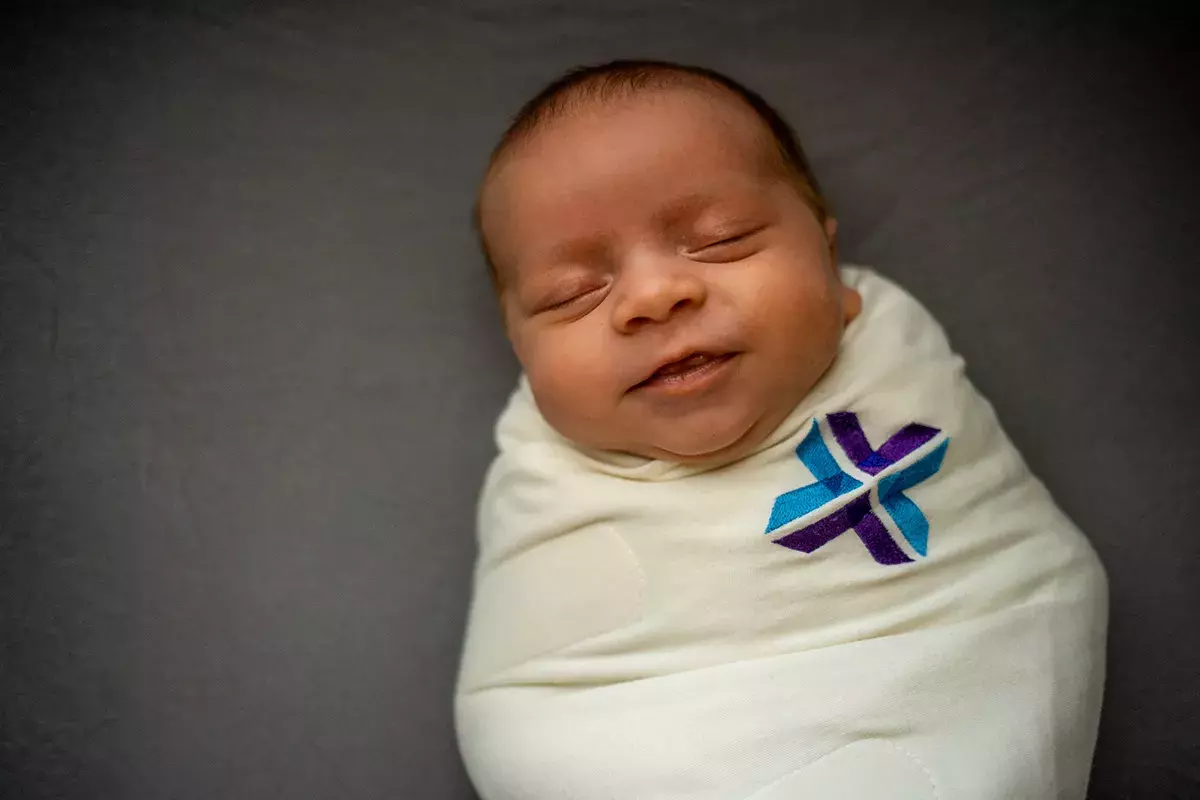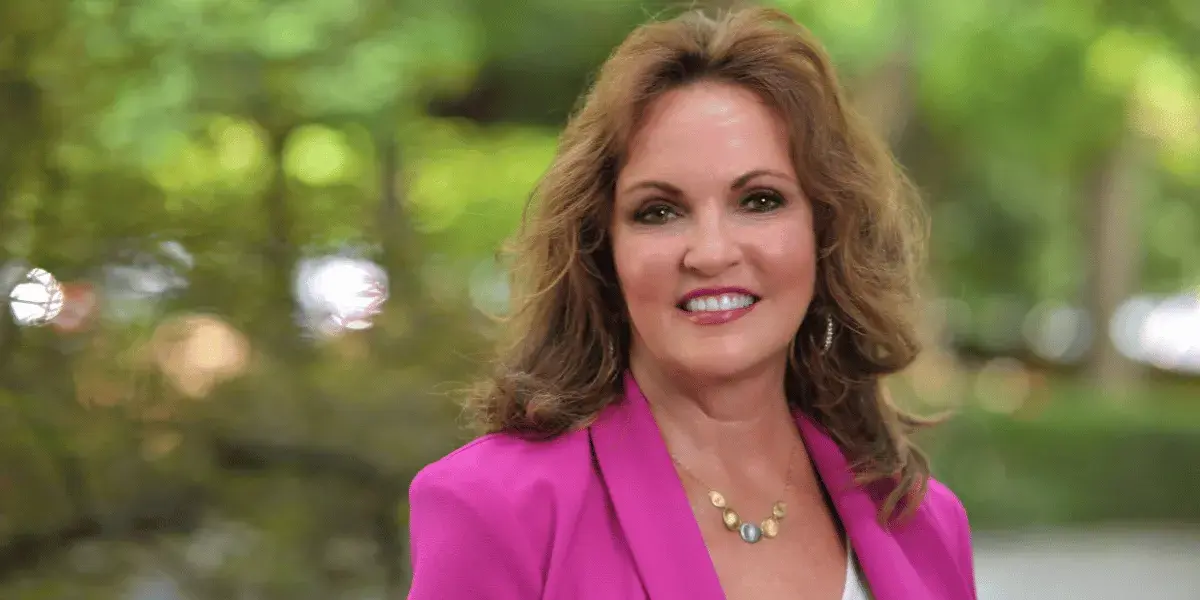
How to keep your baby safe while sleeping
More than 3,500 babies die in sleep-related incidents each year in the United States, according to the Centers for Disease Control and Prevention.
Even though crib decorations, blankets and stuffed animals might sound cute and cuddly for your newborn, having the safest sleeping environment is most important.
So, what do babies need for a safe sleeping environment?
For safe sleeping, babies need to be placed on their backs, on a firm flat surface, with no toys or blankets. Additionally, infants should share a room with parents, but not a bed.
These tips are displayed in each patient's room with Spartanburg Regional's Mom/Baby unit, and each patient is given a hardback children's book to reinforce these simple steps.
"It's important that new parents know and understand the ABCs of safe sleep because babies are at risk for sleep-related deaths until they are 1 year old, and most deaths occur when babies are between 1 month and 4 months of age," said Emily Corbett, a nurse manager for the Mom/Baby unit.
Spartanburg Medical Center received recognition from the National Safe Sleep Hospital Certification Program as a Gold Sleep Hospital for its efforts to promote safe sleep.
Where should babies sleep?
Babies should sleep in cribs, bassinets or pack and plays in a parent’s room until the child is 6 to 12 months old. Toys and blankets should not be placed in their sleeping areas.
Babies shouldn’t sleep in beds with parents because of the risks associated with sheets, pillows and the possibility of a parent rolling over.
In 2022, the Safe Sleep for Babies Act was enacted to prohibit the manufacturing and sale of crib pads or bumpers as a heightened measure to ensure babies are sleeping in safer environments.
Parents should not confuse the skin-to-skin contact that many hospitals encourage with a good bedtime ritual. Skin-to-skin usually involves a baby being placed on a parent’s bare chest. Research shows it’s a good way for parents and children to bond, and it can help breastfeeding moms produce milk.
When it’s time for a feeding, especially in the middle of the night, that should take place away from a parent’s bed to reduce the likelihood of parents and infants falling asleep together. Keep a chair in the bedroom or nursery that parents can sit in during feedings.
Swings and other equipment that place babies in upright positions should also never be used for sleeping. Babies often have difficulty breathing if seated for long periods of time because their necks sometimes aren’t strong enough to support the weight of their heads.
Spartanburg Medical Center has a "Model for Safe Sleep" located outside its Mother Baby unit to give new parents an opportunity to see an example of a safe sleep environment for their baby.
Getting babies to sleep alone
Babies often cry to get needs met, including loneliness. A parent’s response can help the baby build trust, but babies should learn to sleep alone.
Exhausted parents might feel that co-sleeping is the only way for them and their baby to sleep through the night, but parents should look into various methods of sleep training.
There are many different ways to approach sleep training. Some involve letting babies cry alone for a while to learn to comfort themselves. Others involve parents responding to a crying baby after a few minutes with a backrub or another gesture to promote comfort.
Parents can discuss sleep training methods with a pediatrician.
While babies shouldn’t sleep with loose blankets, parents should learn how to swaddle infants with blankets. Swaddle sacks and sleep vests that snugly wraps around and soothes babies can also be used.
Each parent being discharged from the hospital also receives a swaddle sack. After an infant can successfully roll over on his or her own, swaddling has become an unsafe sleep issue.
Changing times
Some of the misunderstanding surrounding infant sleeping environments stems from well-meaning relatives relying on outdated information.
Bumper pads, for example, became popular for cribs many years ago. Some cribs had rails wide enough apart that babies would get their heads stuck. Today, there are regulations that require narrower spacing between crib rails. A bumper pad poses a suffocation risk if a child’s face is pressed against it.
Spartanburg Regional’s Women’s & Children’s Services provides booklets with information promoting safe sleep at all of the health system’s OB/GYN offices and online by clicking here.
For recommendations on specific issues, talk to your pediatrician about the latest and safest tips for infant sleep.












